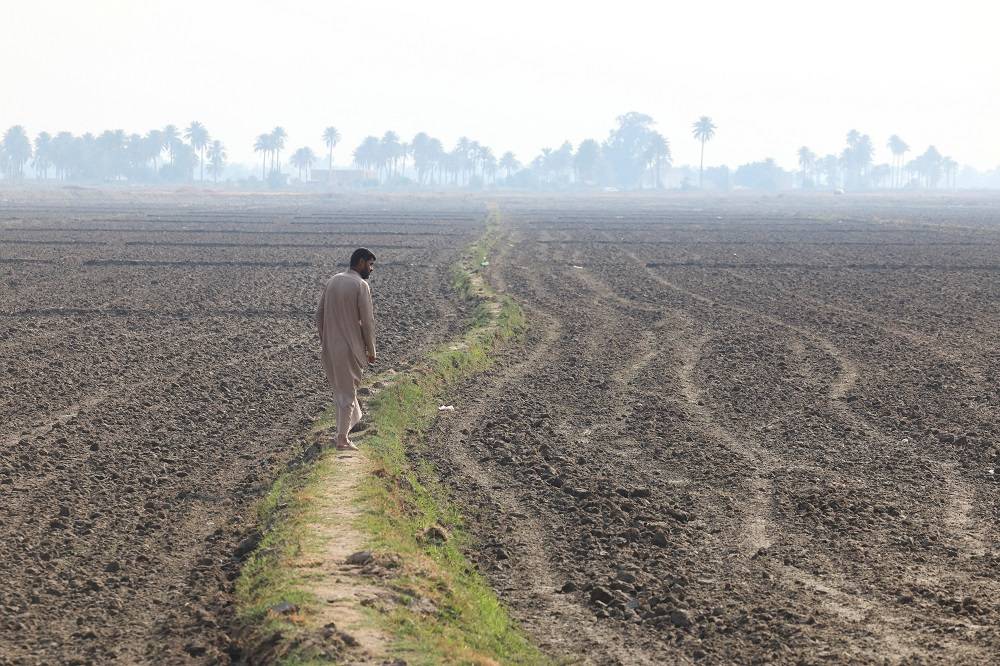The re-imposed American sanctions against Iran demand a closer examination on the extent in which they may lead to the collapse of its ruling regime or eruption of mass protests that may overthrow it.
In this regard, one can make five observations on the current available factors:
1- The losers: Recent experience has demonstrated that those most harmed from sanctions are often regular citizens. Targeted regimes quickly find means to turn the suffering of the people into tools to bolster their internal control and oppress opponents. They will find ways to distract the people with tedious procedures to go about their daily lives, such as securing food baskets and completing transactions that have been made complicated by the sanctions.
The Saddam Hussein regime in Iraq was a prime example of how to exploit sanctions that were imposed after the invasion of Kuwait. On the one hand, he used the sanctions to cow the people into submission and, on the other, waged a media propaganda war that portrayed him as the victim.
Iranian officials have likely garnered enough experience from recent sanctions experiences in 2012 and 2015 to handle the re-imposed US sanctions. The previous experiences had made the lives of Iranian citizens difficult, but presented a golden opportunity for the ruling political class to reap wealth from loopholes in the sanctions.
2- Goals: Those behind the sanctions are seeking to present insurmountable obstacles before the targeted regime to force it to alter its stances and policies and return to the negotiations table. They are also banking on mounting challenges, sparked by the sanctions, that would culminate in popular anger that would eventually overthrow the regime should it remain unyielding in its stances.
Those drafting these strategies, however, often come from countries that enjoy a rich democratic legacy and that actually listen to the people. This is not the case in semi-totalitarian regimes, such as the one in Iran. Iran’s regime is based on revolutionary and religious (Wilayet al-Faqih) teachings, not rules generated from elections and the voice of the people. It is common knowledge that the regime did not hesitate in 2009 to openly forge electoral results when the original ones went against the ruling class.
3- Internal resistance: Iranian supreme leader Ali Khamenei still has many cards up his sleeve to confront the sanctions and he will turn to them when the need arises. Just two days ago, he refused to lift the house arrest against opposition figures Mir Hossein Mousavi and Mehdi Karroubi. He also sought the failure of mediations to appease internal anger against the government. This was interpreted as a sign that Khamenei and his allies have chosen confrontation, rather than appeasement, with local rivals. This was also seen as a message to recent popular protests that the regime will not veer off its current course. The most they can expect is some short-term cures, such as replacing the central bank governor or other officials.
One must take into account that the regime still enjoys popular backing, especially among the poor in the countryside. In 2009, it succeeded in convincing them that the majority of those rejecting the electoral results were “western agents”. The regime has not hidden the fact that it is ready to lead matters towards a wider bloody confrontation if the protests became more organized and yielded a clear leadership.
4- The outside: The international community had rallied against Iraq when the sanctions were imposed against it. In stark contrast, the United States is alone today in waging its campaign against Iran. Despite the massive clout of the American economic and political machine, which will, one way or another, force western companies to accept the sanctions, major players have objected over how the US approach has encroached on their interests. So far, China, Russia and Turkey have refused to comply with the sanctions. There is no doubt that others will follow. They will seek ways to continue cooperation with Iran to achieve financial and political gains on the international scene.
This does not mean that the sanctions will not leave their mark in Iran, because they will. It means that Tehran will find someone to thrown it a lifeline.
5- Ready to pay the price: Much has been written about Iranian pragmatism and how it can withdraw at the very last minute to avoid a crushing military blow. This was demonstrated in how Iranian forces and their allies withdrew 85 kms away from Syria’s Golan Heights out of fear of an imminent Israeli strike.
Iran can use this approach in highlighting potential American losses should tensions between it and Washington escalate towards a military confrontation. Iran may have contained the tensions sparked by President Hassan Rouhani’s threat to shut the Hormuz Strait, but it pushed its forces to stage major military drills near the waterway. This was seen as a message that it was ready for a military confrontation, which would likely not sit well with an American public that has not yet recovered from the shocks of the US invasions of Afghanistan and Iraq.
Given the above, it seems necessary to avoid making conclusive judgments on the re-imposition of sanctions and instead adopt a calmer reading of the developments, despite the backdrop of heated rhetoric.










